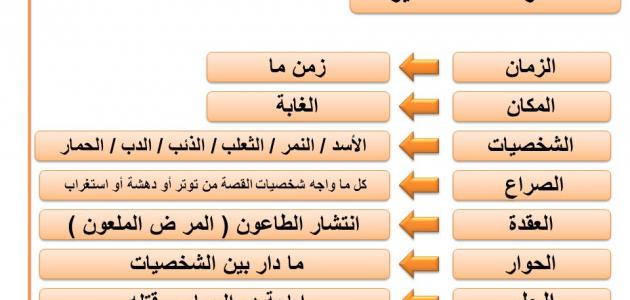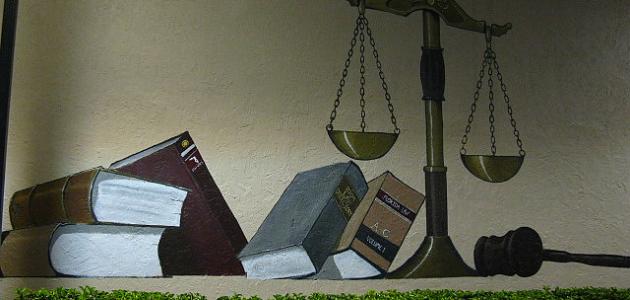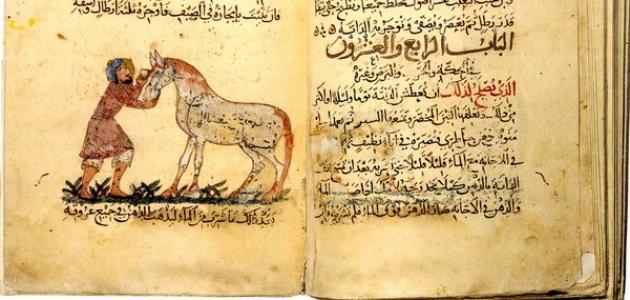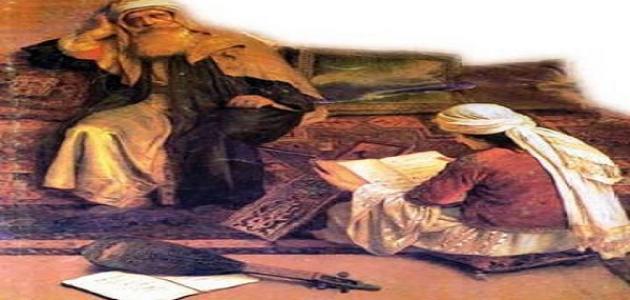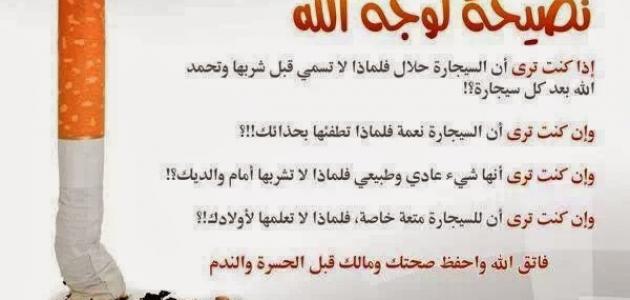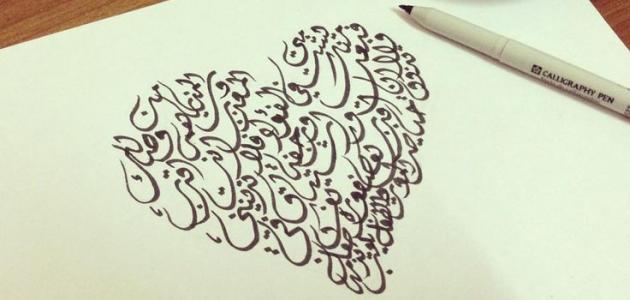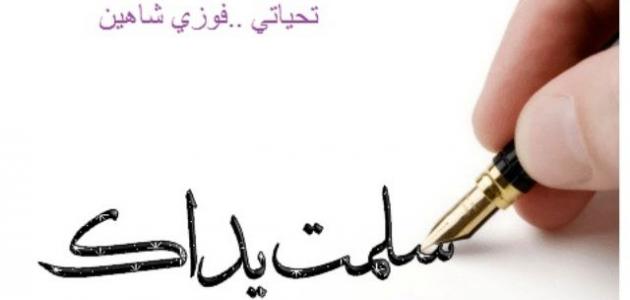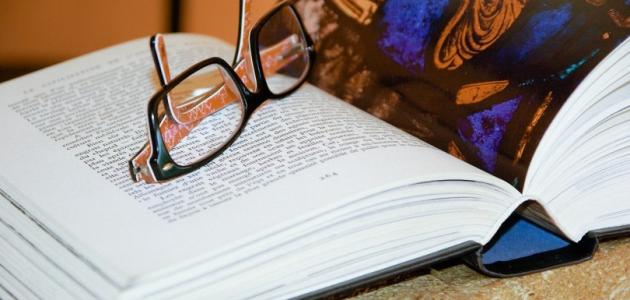short story
There is no doubt that the short story occupies a very important space among the literature of different cultures, especially the Arab culture. As it is considered one of the most important arts concerned with reforming the behavior of societies, and addressing its issues, bearing in mind that the origins of this literary genre go back to two sources, namely: ancient Arabic literature, which is represented by the stories contained in the Holy Qur’an, maqamat, etc., and Western literature that was translated after mixing. By foreign cultures, and being influenced by them, and from here, it was necessary to shed light on this literary art, by defining it, and clarifying its elements, types, and its most prominent pioneers.
The definition of the story in the language is that it is a word from the verb (cut), where we say: cut, he cuts, he is a storyteller, and the participle of it is (cut), it is said: tell the story; That is, he told it, narrated it to them, and told them about it, and the story: a long written story that derives from imagination, or reality, or both of them together, and is built on certain rules of literary art, and collected (stories), as it is defined as: a piece of prose fiction in which there are a few of personalities, aiming at unity of influence. As for the terminology, there are many definitions by researchers. It was reported that the story is: conveying an image of reality, and following the truth, without lying or plagiarism, and some of them defined it as: a literary prose art that summarizes specific events and facts, where these events are performed by specific characters, within a balanced artistic template, and within an environment that adheres to At a specific time and place, but there are those who define it in a slightly different way. It is detailed as follows:
Read also:What is silent divorce- Imbert defines the short story as: “a brief prose narration that depends on the imagination of an individual storyteller despite what he may rely on from the ground of reality. Tension and relaxation in their abstract rhythm in order to keep the reader awake, and then the ending is aesthetically pleasing.”
- Walter Allan believes that the short story is: “The most effective literary genre in our modern era with regard to moral awareness. Through its idea and techniques, it is able to bring the reader into its world, simplifying human life in front of him after reformulating it again.”
- Mustafa Fassi defines it as: “a concentrated literary work that depicts a personal life, or more, in an enthusiastic stage of her life.”
Through the foregoing, we can reach a simple and clear definition of the short story, as it can be defined as: a type of literary prose that is concerned with describing aspects of life, and its components represented by love and hate, good and evil, hope, pain, and others, in an interesting artistic consistency. , and gentle, in which the wonderful imagination harmonizes with the true truth, and with a high degree of artistic and aesthetic depiction.
Short story elements
It should be mentioned here that there is a clear difference between specialists in this field regarding what is related to defining the elements of the short story. Based on the perception of each of them about what it is, its elements, and other matters related to this type of literary arts, and from here it was necessary to mention the elements that it was agreed that it should be present in any short story, which are as follows:
Read also:Characteristics of ascetic poetry- the event: It is the most prominent element of the short story, and its axis around which it revolves, bearing in mind that it consists of a group of partial facts that are linked to each other in an organized manner, and the event may be built using several methods, including:
- The traditional method in which the narrator follows the gradual method from the introduction to the story, until the end.
- The modern method in which the show takes place from the moment of crisis, then goes back to the past to narrate the beginning, using artistic methods, such as the method of memories.
- The flashback method used by the writer in his narration of the event, beginning with the end, then returning to tell the whole story.
As for the methods of formulating the event, the direct narration method can be used, which leaves the narrator free to analyze personalities and events accurately, bearing in mind that he uses the third person in this method, and it is considered better than the self-translation method in which the narrator resorts to using the first person pronoun. It is worth noting that one of the most important elements of the event is the presence of the plot, which expresses the sequence of events leading to a conclusion that may be caused by the two types of conflict: internal and external.
- Anecdotal news: It is the purpose of composing the story, and the goal that is intended to be reached, as it must contain unity and consistency between its parts, just as it must include an introduction, plot, and conclusion, and it is worth mentioning that it must have Effect; To leave an impression on the recipient.
- Narrative texture: It is the linguistic method that guarantees the achievement of the desired goal, and is distinguished by its difference according to the different personalities. As it is necessary for each character to adopt a linguistic style of its own, which highlights the logic and realism in building the story, bearing in mind that this fabric consists of three basic elements: It helps to interrelate them together, and the dialogue that focuses on breaking the monotony and boredom in the events of the story, which contributes to making it more realistic, but it must be appropriate for the characters, each according to his culture, and it must also be concise and quick in expressing The ideas of the characters of the story, and other matters, and the description that focuses on explaining the features of the internal or external environment of the story, using various graphic methods, such as similes, metaphors, attention to words, and others; In order to achieve harmony in the narrative fabric, however, this description must stem from the characters’ vision of it, and not from the viewpoint of the narrator himself, and it is not intended to decorate the literary text, nor to increase its aesthetics to the same extent that it serves the events and builds them in the story. .
- Personal: It is the basis of the short story, and its axis through which ideas are conveyed, and events are presented, bearing in mind that it has three important dimensions: the psychological dimension that includes the behavior of the character, her mood, thoughts, feelings, etc., and the physical dimension that is represented by describing the external body, such as weight, height, age, and others, and the social dimension that is represented by the personality’s culture, activity, religion, social class to which it belongs, and other matters. It is worth noting that personality is divided into several types, which are:
- The main character: This character is characterized by activity, growth, and independence in its opinion. It is also responsible for the embodiment of the event, and therefore it is considered a difficult character to form.
- The secondary (assistant) character: It is less important than the main character in the story, but it plays some important roles in the development of events and in the life of the main character.
- The opposing character: It is a character that enjoys strength and obstructs the goals of the main character, which helps in the development of conflict between them, but it has a major role in building and developing events.
- The simple personality: it is the personality that does not undergo any change, so it does not evolve or grow.
- The developing personality: it is the personality whose growth is linked to the course of events and their development.
- Method: It expresses the storyteller's way of attracting the attention of the recipient. Where this method must contain the element of suspense, in addition to the use of strong methods, appropriate to the pattern of events, so it does not repeat the description or profanity; So that this matter does not cause boredom in the same recipient, and it is important that the narrator’s style is not characterized by imitating the style of others, even if he likes it, just as accuracy, simplicity, and clarity are among the most prominent things that would contribute to the integrity of the language, and thus the integrity of the style. The storyteller.
- Environment (time and place): It is everything related to temporal or spatial reality, as it is an important element in the structure of the story. It plays a key role in revealing the characteristics of personalities, but it is better to avoid diversity in it. So that he can control the events, and thus determine the characteristics of the characters.
- Conflict It expresses the collision that occurs between the characters in the story, as it is divided into two parts, namely:
- Internal conflict: and have the same personality.
- External conflict: It is between the characters of the story as a whole.
- The knot and the solution: It means the culmination of events, and their crisis, before discovering a solution that is not necessarily linked to the knot. As some endings may come without a solution, thus contributing to fueling the imagination of the recipient.
Types of short stories
The short story is divided into several types, as follows:
Read also:Friendship and acquaintance messages- according to size: It is divided into:
- The story: It consists of one page, one event, and a specific situation.
- The short story: It is usually larger than the short story, as it contains about 500 words.
- The story: It is greater than the short story. Where the story contains more than one event, and several characters to serve the original event.
- Novel: It is the largest of the aforementioned genres. Where there are many events and personalities, and the events extend to more than one time.
- In terms of content: It is divided into several types, including:
- The popular story: it represents life and social reality.
- The Islamic story: It is derived from Islamic legislation and represents it, without affecting the creative freedom of the storyteller.
- Police story: It discusses a crime by analyzing it and finding solutions to it.
- The comic story: It is a summary of the events in a comic form. for the purpose of entertainment.
- Nature stories: in which events take place in the tongues of animals, birds, or inanimate objects, with a template that reflects the characteristics of humans.
- Science fiction stories: they revolve around scientific theories and discoveries made by scientists, and they may revolve around the lives of scientists.
The most prominent pioneers of the short story
The star of many personalities shone in the modern history of the short story, as the most prominent of them were:
- Zakaria Tamer.
- Mahmoud Timor.
- Mahmoud Shuqair
- Joseph Idris.
- Fakhri Kawar.
- Ibrahim Al-Mazni.
- Yahya Haqi.
